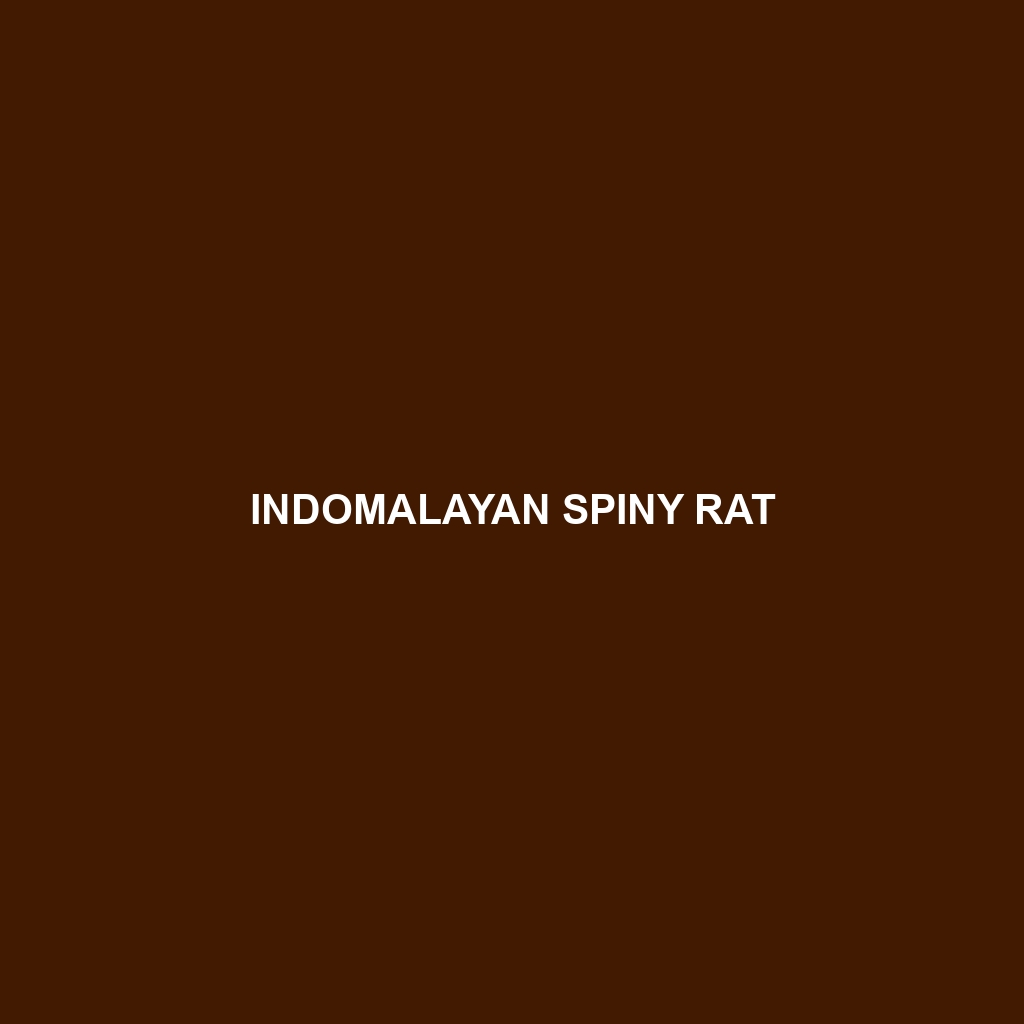Palawan Moss Shrew
Common Name: Palawan Moss Shrew
Scientific Name: Crocidura palawanensis
Habitat
The Palawan Moss Shrew is primarily found in the lush forests of Palawan Island in the Philippines. This species thrives in moist, moss-covered environments within montane and tropical rainforests. They are often spotted in high-elevation areas where the foliage is dense, providing ample cover and a humid microclimate favorable for their survival.
Physical Characteristics
The Palawan Moss Shrew typically measures around 10-12 centimeters in body length, with a tail approximately equal to its body length. Its fur is soft and dense, exhibiting a rich dark brown to grey coloration, which allows for effective camouflage in its forest habitat. Notable features include its elongated snout and small, rounded ears, which are crucial for its sensory perception in low-visibility environments.
Behavior
Palawan Moss Shrews are primarily nocturnal, displaying high levels of activity at night. They are known for their agility, often seen scurrying through leaf litter in search of food. Their social structure is not fully understood, but they are believed to be solitary creatures, with territories marked by scent markings. They exhibit a range of vocalizations that may play a role in communication.
Diet
The diet of the Palawan Moss Shrew is mainly insectivorous, consisting of a variety of insects and small invertebrates. They actively forage on the ground and in decaying wood for ants, beetles, and other small organisms. Their foraging habits make them essential for controlling insect populations within their ecosystem.
Reproduction
Palawan Moss Shrews generally breed throughout the year, although there may be peak breeding seasons influenced by environmental factors. Female shrews typically give birth to litters of two to five young after a gestation period of about three weeks. Mothers are known to care for their young in hidden nests made of moss and leaves until they are old enough to fend for themselves.
Conservation Status
The Palawan Moss Shrew is currently classified as “Vulnerable” according to the IUCN Red List. This status reflects concerns about habitat loss due to deforestation and human encroachment, which threaten its natural environment. Conservation efforts are necessary to protect this unique species and its habitat.
Interesting Facts
– The Palawan Moss Shrew is part of a large family of mammals known as Soricidae, which includes a variety of shrews and mice.
– This species can often be mistaken for other small mammals due to its size and color, but its distinctively elongated snout sets it apart.
Role in Ecosystem
As an insectivore, the Palawan Moss Shrew plays a crucial role in maintaining the ecological balance within its habitat. By controlling insect populations, these shrews contribute to the biodiversity and health of forest ecosystems. Additionally, they serve as prey for various predators, thereby contributing to the food web dynamics in Palawan’s forests.
